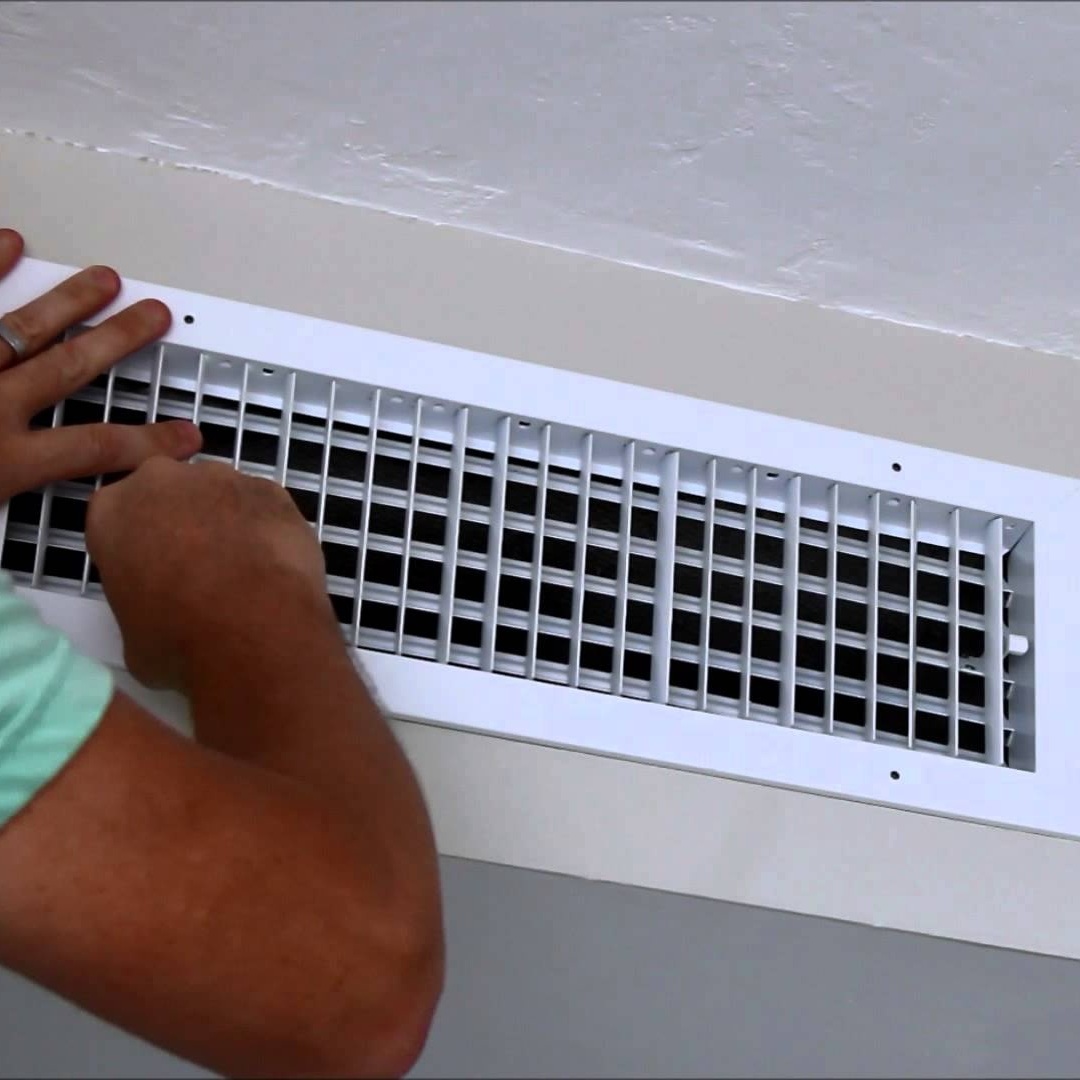Ductwork and Register Placement
Register
When ductwork is installed, it’s reasonable to want it placed in areas which will provide maximum efficiency for the system. The right and correct way requires ventilation installations in every room, and in an ideal place. While there are no hard and fast rules about where to put them—every home is different after all—there indeed are formulas and tried and true practices that have worked so well that they’re rules now.
Heating system ductwork placement
For heating, the best place to have the ventilation installations placed is on the floor. Heat rises, so having the vents on the ceiling won’t do much good for the room they’re in to heat the ceilings. There should be at least one on the floor, or at the baseboards, of every room in the home to maximize the comfort level in both winter and summer.
Add to that, the best place for the ductwork to be installed is usually in basements and the crawlspace, so having the vents come out of the floor means it’s the least amount of distance for the heat to travel. The less the heat has to move, the more efficient the overall system. And the more efficient the system, the less costly it is going to be over time.
Heat pump and cooling systems
Attic systems present the registers just below the ceiling, which is ideal for cooling because, as heat rises, cool air moves downward, thus creating much-needed circulation.
Windows
It is also commonplace for vents to be placed by a window. But instead of this being counter-intuitive and wasteful, it’s done by design. Windows are much less well insulated than walls, and whether the windows are double, or triple paned, they’re going to get cold. And it takes a lot less to chill the air than to warm it, so the chill from the window pane will cool the air much faster than the heater can heat it.
The supply ventilation installation is best suited below windows to create a “heat barrier” against the chill. The hot air will stick to the window and keep it from getting cold and infecting the air with the chill. And likewise in the summer with the heat.
Return
Best place for a return ventilation installation
These are separate ductwork systems altogether. The return vents pull air from the home and feed it back through the heating/cooling system. Because they’re drawing air from inside the house, it’s essential to keep the ventilation installed on different sides of the room, so air isn’t going directly from the supply vent back through the system.
If the air doesn’t have time to rotate through the room and heat/cool it, the whole system will end up being criminally inefficient, and nobody would be able to tell the difference between outside and in. So it is of the utmost importance that they’re at opposite ends of the room. Other than that consideration, return vents, and their ductwork can be installed pretty much wherever it’s the most convenient. It isn’t even necessary for the ductwork to run through every room of the home, some places (like the kitchen and bathroom) might be better off not having the air being pulled from there and pumped back into the rest of the house.
If you are having ductwork installation or airflow problems, give us a call. We can help!
Get reliable and professional solutions for all air duct installation, air duct repair, air duct cleaning, dryer vent cleaning, and indoor air quality needs in Phoenix, AZ. The team at 911 Heating, Cooling & Plumbing is here to assist you. Contact us at 602-795-2900 today.


